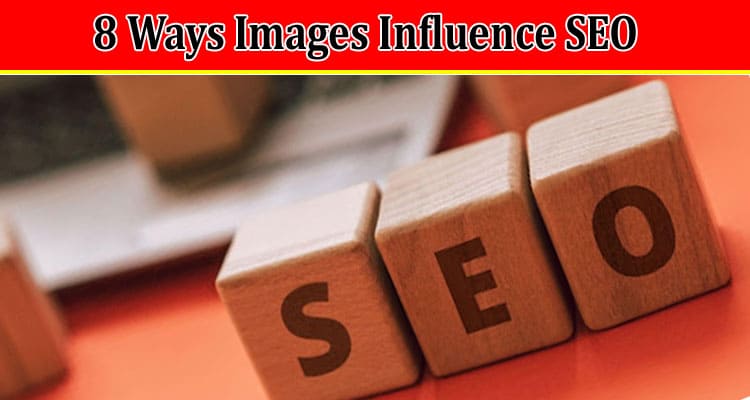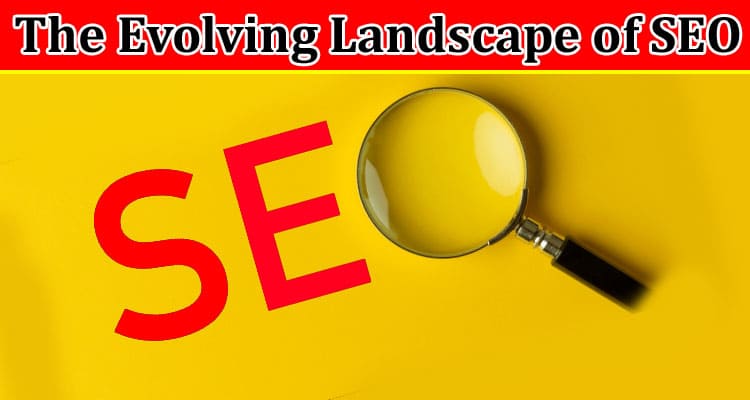In the fast-paced world of online marketing, SEO reigns supreme. But it’s not just about the words you write; the pictures you choose matter, too. The right image strategies can make your website faster, more user-friendly, and even help it appear more in search results.
It’s more than just making your site look good; it’s about getting more people to see your website on big platforms like Google. Using images correctly can help boost your SEO score and lead to a better ranking in search results. However, not many people know how to go about ensuring images are SEO-friendly. Luckily, we’ve put together a list of some of the ways in which images can influence SEO, and how they can be changed to make it better. Let’s go through it.
Optimal File Size
Picking the appropriate file size for the images on your site is a decisive factor in SEO management. Enormous file sizes can be a drawback as they slow down webpage loading. This factor may discourage visitors and pull down your SEO rankings.
The sensible course of action to avoid this is to reduce the file size while ensuring image quality is maintained. Utilizing tools such as JPEG Optimizer or TinyPNG can aid in achieving this balance.
The advantage of this strategy is twofold: it allows pages to load faster, improving user experience, and also boosts SEO, giving your site an extra edge.
Appropriate Image Selection
Deciding on the right visuals for your web content is an important task. High-quality pictures are more likely to grab the attention of a wandering netizen, making it more likely that they’ll stick around your website.
Imagine putting together a warm blog post about crafting the perfect Thanksgiving dish. Here, inserting well-curated Thanksgiving stock photos in the heart of your content would make it much more alluring. We mentioned stock photos because copyright is a pretty big issue when it comes to content creation. It’s important to be cautious about the copyright status of the pictures you intend to use, as using protected images could cause legal troubles.
A carefully picked image that goes hand-in-hand with your text will not only enrich your content but also improve the user’s experience, something highly valued in SEO.
Proper Use of Alt Text
Implementing correct alt text is fundamental in the image SEO process. In simple terms, alt text is a concise written detail that appears when an image fails to load on your webpage.
This feature aids search engines in deciphering the image’s content, increasing its chances of being showcased in search outcomes. It’s beneficial to craft an alt text that is both brief and accurate, as it could lead to a higher search engine ranking.
Moreover, including relevant keywords in the alt text boosts the image’s ranking in search results and attracts more visitors to your site.
Structured Data for Images
Structured data involves adding specific code to your website’s HTML, improving search engines’ understanding of your page’s content. When this idea is applied to images, it helps to give more information about them, making it more likely that they will show up in relevant searches.
Another perk of adopting structured data is the increased likelihood of your images being featured in rich results, which are more eye-catching and have more information than standard results.
Image Sitemaps
Setting up an image sitemap can be a valuable addition to your SEO strategy. Essentially, it serves as a guide that offers detailed data about the images present on your website to search engines, facilitating the accurate indexing of these visuals.
If your site features elements like JavaScript galleries or image pop-ups, having an image sitemap becomes even more crucial as it assists search engines in locating and comprehending your images. This can potentially lead to an increased number of visitors to your webpage.
SEO-Friendly URLs for Images
Employing URLs that are favorable for SEO while uploading your images can be a smart move, albeit one that is frequently overlooked. Creating a URL that reflects the image’s content can have multiple benefits.
For instance, it streamlines the process for search engines to grasp and catalog your images correctly. Another benefit is that it enables users to locate their desired content without unnecessary hassle, enhancing the user experience. Thus, embracing SEO-friendly URLs for your image assets can positively impact your site’s SEO metrics.
Responsive Images
Having responsive images on your website is a critical factor to consider. The core idea is that these images adjust themselves according to the device a user is employing. Whether the user is on a desktop, a tablet, or a smartphone, responsive images ensure the best possible visual experience.
This approach utilizes multiple methods, such as alternating image resolutions and varying aspect ratios. Introducing responsive images would surely boost your website’s position in SEO rankings, since it’s your website will likely be more appealing to potential visitors.
High-Quality Thumbnails
Thumbnails are the smaller versions of images that give users a quick preview of the content. Utilizing high-resolution thumbnails that are clear and attractive can catch a viewer’s attention more effectively, encouraging them to engage with the content.
It’s essential to balance the quality and the file size of the thumbnails to ensure quick loading times while also maintaining visual appeal.
Conclusion
To realize the full potential of your website, paying attention to image SEO is key. It involves choosing appropriate images and ensuring mobile optimization. Remember, every detail counts, from crafting SEO-friendly URLs to utilizing high-quality thumbnails.
Responsive images and small file sizes aid in enhancing user experience, while structured data helps in providing more info for Google to determine what type of content is on display. Adopt these practical tips to not just enhance user satisfaction but significantly improve your website’s SEO score.





